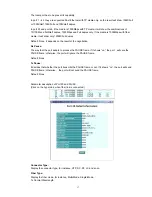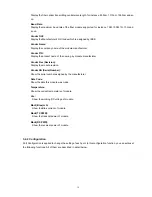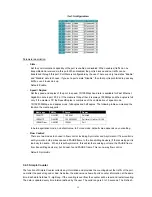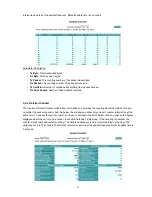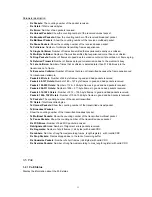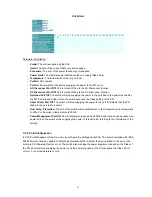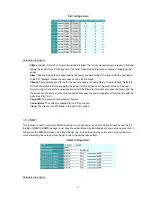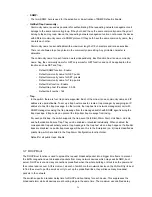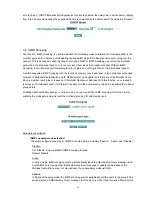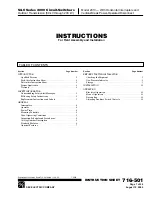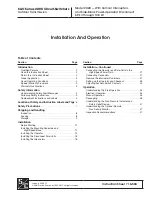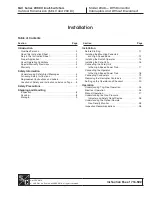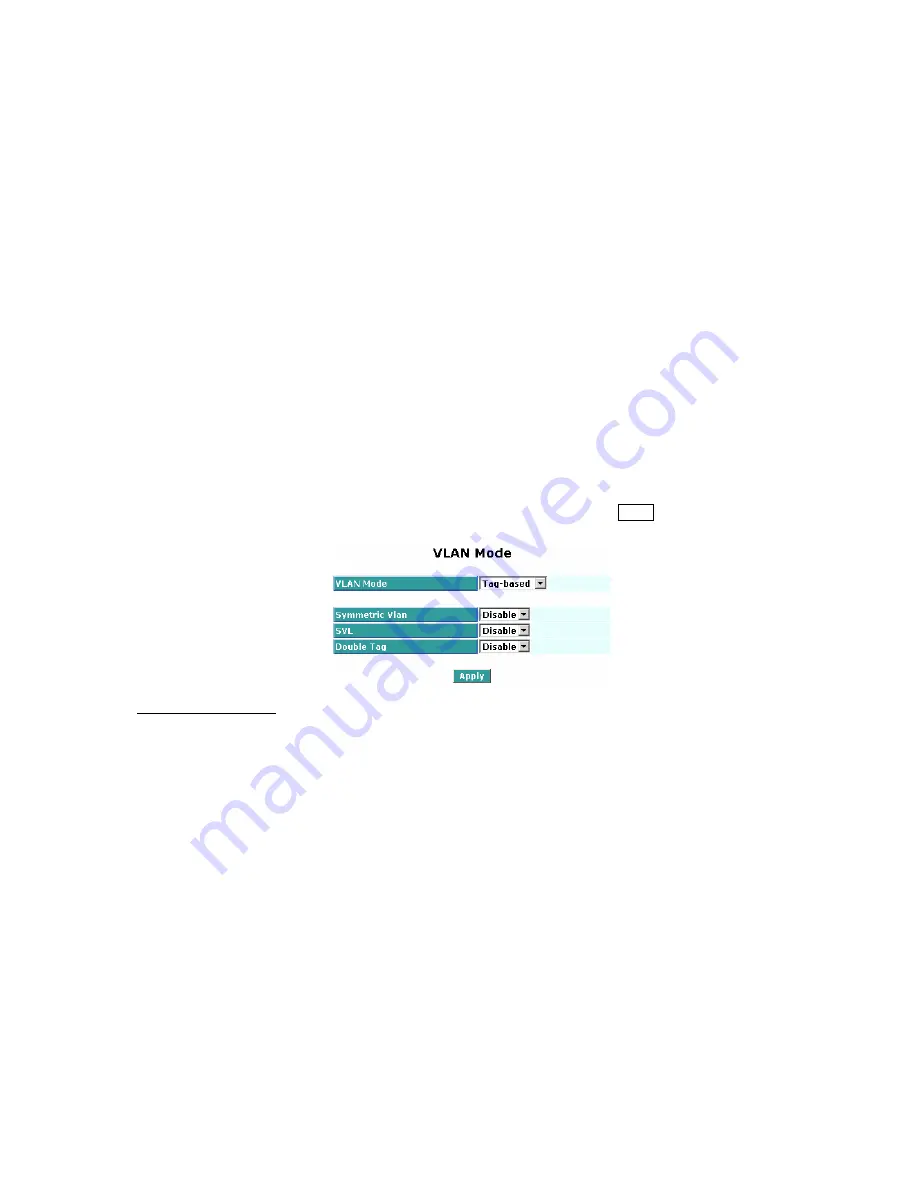
Query message from a router.
y
IP Address:
Show all multicast groups IP addresses that are registered on this device.
y
VLAN ID:
Show VLAN ID for each multicast group.
y
Member Port:
Show member ports that join each multicast group. Member port may be only or more than one.
3.9 VLAN
The switch supports Tag-based VLAN (802.1q) and Port-based VLAN. Support 256 active VLANs and VLAN
ID 1~4094. VLAN configuration is used to partition your LAN into small ones as your demand. Properly
configuring it, you can gain not only improving security and increasing performance but greatly reducing VLAN
management.
3.9.1 VLAN Mode
The VLAN Mode Selection function includes two modes: Port-based and Tag- based, you can choose one of
them by pulling down list and pressing the <Downward> arrow key. Then, click Apply button, the settings will
take effect immediately.
Parameter description:
y
VLAN Mode:
Tag-based: (This is the default setting.)
Tag-based VLAN identifies its member by VID. This is quite different from port-based VLAN. If
there are any more rules in ingress filtering list or egress filtering list, the packet will be screened
with more filtering criteria to determine if it can be forwarded. The switch supports supplement of
802.1q.
Each tag-based VLAN you built up must be assigned VLAN name and VLAN ID. Valid VLAN ID is
1-4094. User can create total up to 256 Tag VLAN groups.
Port-based:
Port-based VLAN is defined by port. Any packet coming in or outgoing from any one port of a
port-based VLAN will be accepted. No filtering criterion applies in port-based VLAN. The only
criterion is the physical port you connect to. For example, for a port-based VLAN named
PVLAN-1 contains port members Port 1&2&3&4. If you are on the port 1, you can communicate
with port 2&3&4. If you are on the port 5, then you cannot talk to them. Each port-based VLAN
you built up must be assigned a group name. This switch can support up to maximal 26
port-based VLAN groups.
26






